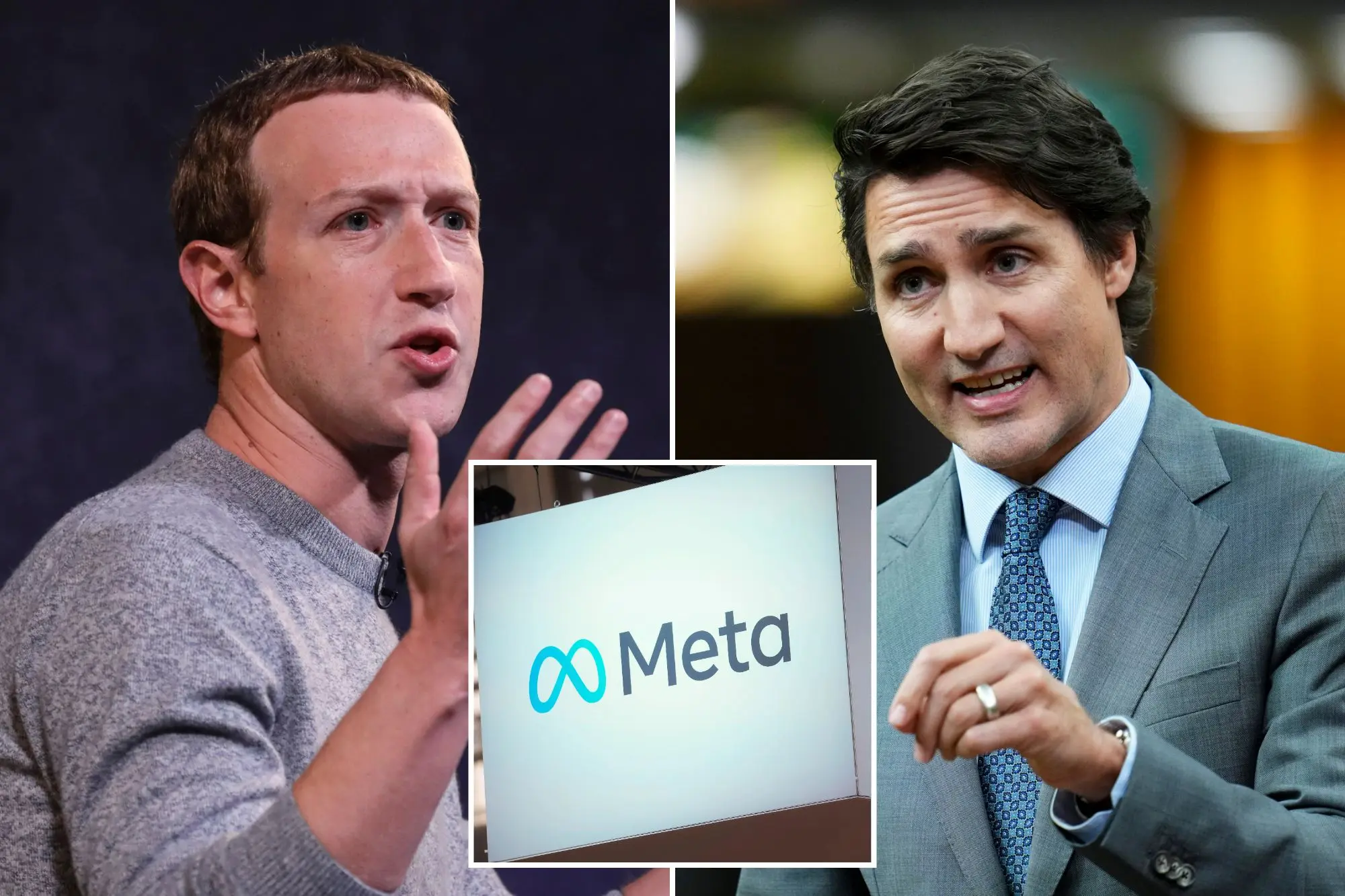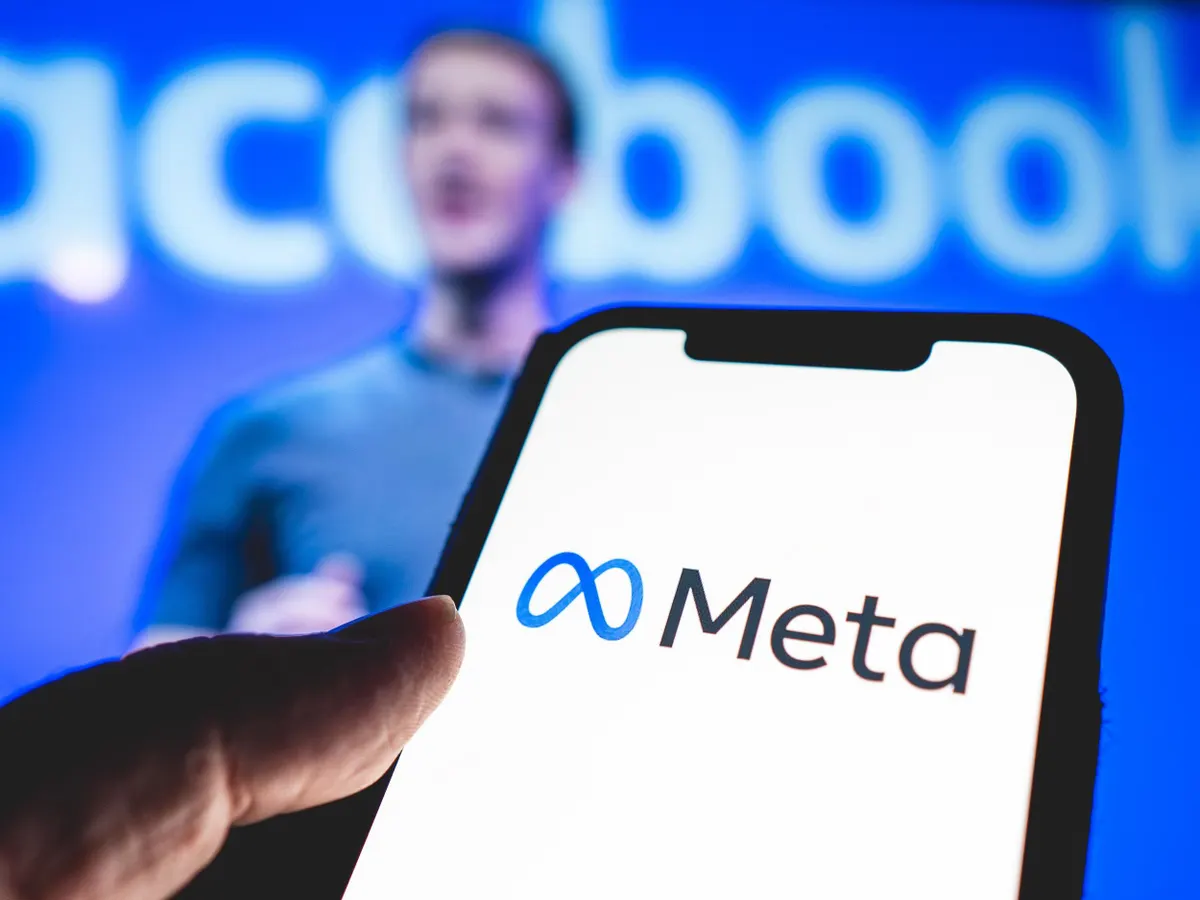
“World map” by Martyn Wright is licensed under CC BY 2.0.
The history of the Internet is a complex and multifaceted subject. However, its origins can be traced back to research conducted by DARPA (Defence Advanced Research Projects Agency) in the U.S.A. In the late 1960s, the first operational packet-switched network, the Advanced Research Projects Agency Network (ARPANET), was developed as a means of sharing research and military information, and JCR Licklider published a seminal paper in 1968 entitled “Online Human-Computer Communications” outlining the concept of an interconnected global computer network. JCR Licklider published a seminal paper in 1968 entitled “Online human-computer communication”, which outlined the concept of an interconnected global computer network. He envisioned a future where people could interact with computers and share information seamlessly through networks, a vision realised mainly through the Internet. The thesis highlights the potential of computer-mediated communication and its transformative impact on society, setting the stage for the digital age we live in today.(Licklider & Clark, 1962)

“Internet Open” by balleyne is licensed under CC BY 2.0.
At a time when the Internet has become increasingly sophisticated, the geopolitics of the Internet is a complex and multifaceted subject, encompassing issues related to governance, security, access and the exercise of power in the digital realm. The governance of the Internet involves a wide range of actors, including governments, intergovernmental organisations and non-governmental stakeholders. (Mueller, 2004) This paper will explore why countries around the world choose different governance measures when it comes to governing the Internet.
How does the geopolitical landscape affect digital governance?
The geopolitical landscape affects digital governance in several ways. O’Hara & Hall(2018, p.1) notes that the internet is not a monolithic architecture but rather a fragile and contingent construction of hardware, software, standards, and databases governed by a wide range of private and public actors whose behaviour is constrained only by voluntary protocols. As the internet has become entrenched in daily life, competing views about how it should be governed have begun to emerge and to be championed at the national level, where they are playing a geopolitical role. The authors argue that the geopolitical landscape is shaping the future of digital governance and that the Four Internets reflect this.
Concerning the ‘Four Internet’, this refers to the four dominant models of Internet governance: the Silicon Valley model, the Washington model, the Brussels model and the Beijing model. (O’Hara & Hall, 2018, p.10) Each model represents a different approach to digital governance, with varying degrees of government involvement, corporate influence and individual rights. O’Hara & Hall (2018, p.10) argue that these models coexist in dissonant tensions and that most participants see some value in them. We cannot assume the homogeneity of the Internet, nor can we rule out what is sometimes referred to as Balkanisation (the formation of “the Splinternet”).
The four Internet can coexist, but not necessarily peacefully. The Internet requires design, standards and cooperative behaviour, and to meet the challenges posed by the four Internets, humanity must respond. A fifth Internet, or a combination of the four, could emerge if sufficiently strong institutions realised and supported the appropriate ethical vision.
Internet Censorship and Surveillance
Internet censorship and surveillance are practices governments, organisations, or entities use to monitor, control and restrict access to online content and communications. ( Deibert, 2015) These practices may be used for various reasons, including political, social, cultural and security concerns.

“YouTube video Brandweer Nederweert” by mauritsonline is licensed under CC BY 2.0.
Regarding Internet censorship and surveillance, O’Hara & Hall (2018, p. 5) explain that governments can use various means to control or censor content distributed on the Internet, such as intervening in protocols, systems, or technologies. For example, the Pakistani government shut down YouTube by intervening in the routing system. Governments may also attempt to curb certain types of content, such as child pornography or intellectual property piracy, or intervene in political discussion, Holocaust denial, or blasphemy. However, they may need help to agree on what to censor. The paper notes that such censorship is not inevitable, as the “dark web” often provides techniques to circumvent such interventions. However, it can effectively prevent information from spreading through audiences with more casual interests.
China’s Internet Governance

“E27 – Jack Ma, Alibaba Inspirational Quote” by e27singapore is licensed under CC BY 2.0.
Regarding China’s approach to Internet governance, the Chinese model is based on promoting its tech giants – Baidu, Tencent and Alibaba. These companies are privately owned and astoundingly successful in their own right, but they operate in a controlled environment dominated by the ruling Communist Party. The Chinese government also uses technology to monitor restive populations in Xinjiang. It is increasingly involved in international bodies such as the International Telecommunication Union, pushing for standards to help the government micromanage the internet. China has also begun investing heavily in technology using the venture capital model, with Alibaba and Tencent among the country’s most prominent venture capitalists, influencing the startup world in China. (O’Hara & Hall ,2018, p. 8)
Great Firewall

“Great Firewall of China” by chidorian is licensed under CC BY-SA 2.0.
China operates the Great Firewall (GFW), also known as the Golden Shield Project, which is a sophisticated internet censorship and surveillance system. It uses a combination of technologies, including content filtering, URL filtering, DNS tampering, and deep packet inspection (DPI), to block access to websites and content the Chinese government deems sensitive or undesirable. (Zhang, 2006)
China’s approach to Internet governance is unique and is often characterised by extensive censorship and strict control of online content and communications. China has implemented a comprehensive Internet governance system focusing on State control, surveillance and maintaining socio-political stability. China’s approach to Internet governance reflects its importance on maintaining social and political stability, controlling the flow of information and upholding the authority of the Communist Party. While it has fostered significant economic development and innovation in the country, it has also raised concerns about freedom of expression, privacy and human rights. Tensions between these objectives and international Internet freedom and openness principles continue to shape the debate about China’s Internet governance practices.
America’s internet governance is different from China, because…..
America’s Internet Governance
A decentralised and multi-stakeholder approach characterises Internet governance in the United States. Unlike some countries with more centralised Internet control, the United States has historically prioritised freedom of expression, innovation and limited government intervention in the online sphere.
Freedom of Speech
Freedom of speech is a fundamental principle of Internet governance in the United States. The First Amendment to the U.S. Constitution protects an individual’s right to free speech, and this right extends to online platforms. While legal restrictions exist on specific forms of online content (e.g., child pornography, incitement to violence), the United States generally prioritises a hands-off approach to regulating online speech.

“Congress shall make no law …. abridging the freedom of speech, or of the press…” by gnuckx is marked with CC0 1.0.
The United States approach to Internet governance reflects a commitment to a free and open Internet, emphasising decentralisation, freedom of expression and innovation. However, the continuing debate around net neutrality, privacy and cybersecurity demonstrates the evolving nature of Internet governance in the United States and the need to balance competing interests.
The United States maintains a disproportionate amount of influence in Internet governance. However, this position is under pressure, with international bodies calling for responsibility for the Internet to be transferred to more international bodies. For example, the Internet Governance Working Group under the International Telecommunication Union recommended in a 2005 report that the United States relinquish system oversight and that a United Nations body better fulfil this role. These measures aim to replace the current ad hoc, decentralised, distributed Internet governance model with a system with greater legitimacy. However, the danger is that such a system will become centralised and rigid. (O’Hara & Hall ,2018, p. 1)
In Conclusion
Due to political, cultural and historical differences, China and the United States have adopted different approaches to Internet governance. These differences can be traced to their respective values, ideologies and governance systems.
China is an authoritarian regime with a one-party system led by the Communist Party of China. The Government seeks to maintain strict control over information and uses the Internet for censorship and social control. (Tai, 2007)In contrast, the United States has a democratic system with a strong tradition of freedom of expression and individual liberty. The United States Government emphasises limited regulation of online content to protect freedom of expression.
Different approaches to Internet governance are frequently motivated by national security concerns. The Chinese Government uses restriction and intensive surveillance because it sees the Internet as a social and political control tool. While there are worries about national security in the United States, there is also a dedication to striking a balance between security and individual liberties. A legal framework intended to safeguard civil rights impacts how the US government approaches surveillance and data privacy. In conclusion, due to the differing political structures, cultural norms, and national security considerations between China and the United States, the two countries have different approaches to Internet control.
__________________________
Edited By: Yaxi Li
References
Licklider, J. C., & Clark, W. E. (1962). On-line man-computer communication. Proceedings of the May 1-3, 1962, Spring Joint Computer Conference on – AIEE-IRE ’62 (Spring). https://doi.org/10.1145/1460833.1460847
Mueller, Milton. (2004). Ruling the Root: Internet Governance and the Taming of Cyberspace.
O’Hara, K., & Hall, W. (2018, December 7). Four internets: The geopolitics of digital governance. Centre for International Governance Innovation. https://www.cigionline.org/publications/four-internets-geopolitics-digital-governance/
Deibert, R. (2015). The geopolitics of cyberspace after Snowden. Current History, 114(768), 9.
Zhang, L. L. (2006). Behind the ‘Great Firewall’ Decoding China’s Internet Media Policies from the Inside. Convergence, 12(3), 271-291.
Tai, Z. (2007). The Internet in China: Cyberspace and civil society. Routledge.
Hyperlinks
https://en.wikipedia.org/wiki/ARPANET
https://www.washington.edu/doit/computer-mediated-communication
https://thehill.com/opinion/technology/598882-geopolitics-and-the-internet/
https://www.nytimes.com/2008/02/26/technology/26tube.html
https://www.techtarget.com/whatis/definition/Great-Firewall-of-China
https://constitution.congress.gov/constitution/amendment-1/
https://www.itu.int/itunews/manager/display.asp?lang=en&year=2005&issue=07&ipage=itu-role&ext=html
https://www.washingtonpost.com/technology/2022/05/30/first-amendment-social-media-regulation/
Images
“World map” by Martyn Wright is licensed under CC BY 2.0. To view a copy of this license, visit https://creativecommons.org/licenses/by/2.0/?ref=openverse.
“Internet Open” by balleyne is licensed under CC BY 2.0. To view a copy of this license, visit https://creativecommons.org/licenses/by/2.0/?ref=openverse.
“YouTube video Brandweer Nederweert” by mauritsonline is licensed under CC BY 2.0. To view a copy of this license, visit https://creativecommons.org/licenses/by/2.0/?ref=openverse.
“E27 – Jack Ma, Alibaba Inspirational Quote” by e27singapore is licensed under CC BY 2.0. To view a copy of this license, visit https://creativecommons.org/licenses/by/2.0/?ref=openverse.
“Great Firewall of China” by chidorian is licensed under CC BY-SA 2.0. To view a copy of this license, visit https://creativecommons.org/licenses/by-sa/2.0/?ref=openverse.
“Congress shall make no law …. abridging the freedom of speech, or of the press…” by gnuckx is marked with CC0 1.0. To view the terms, visit https://creativecommons.org/publicdomain/zero/1.0/?ref=openverse.


